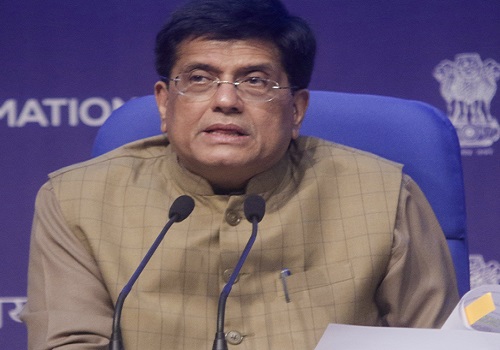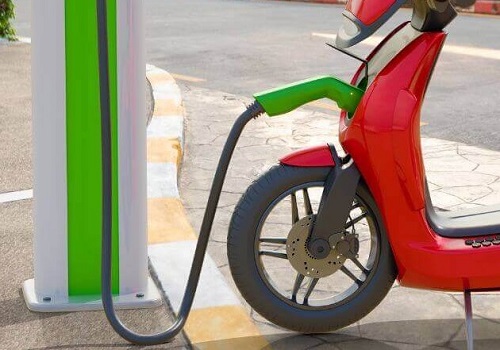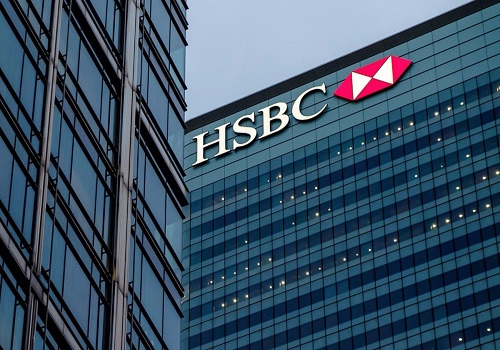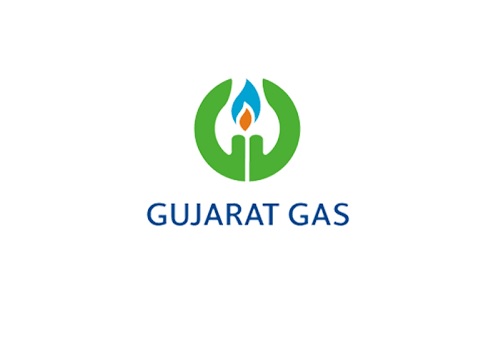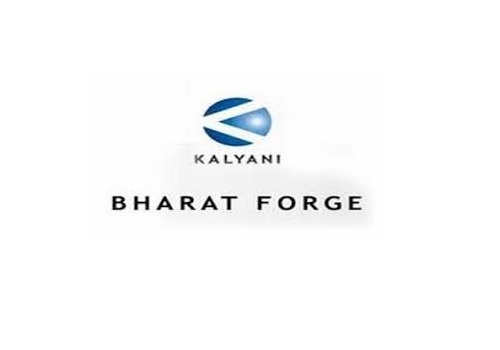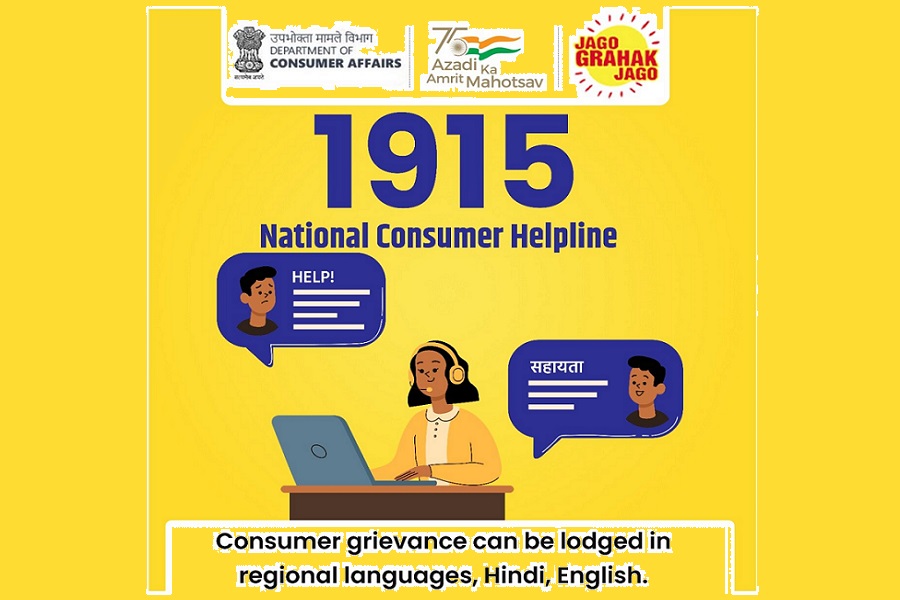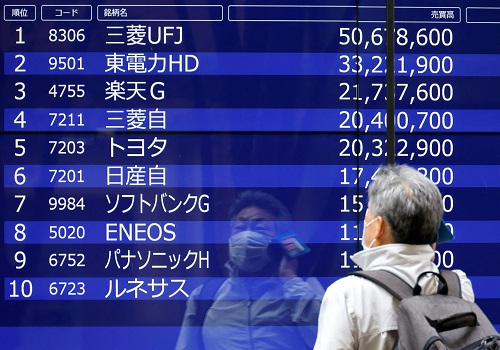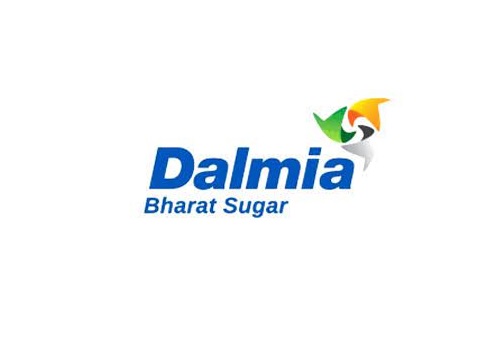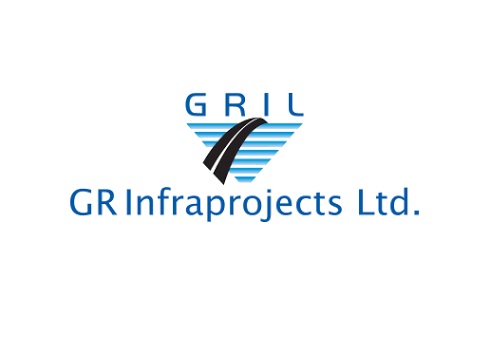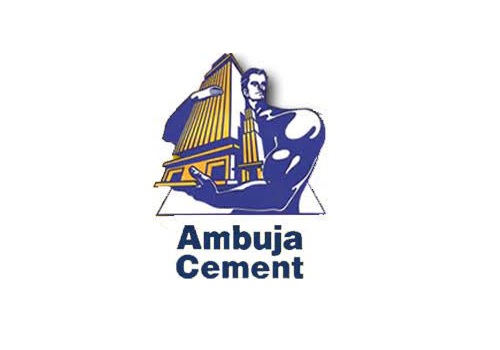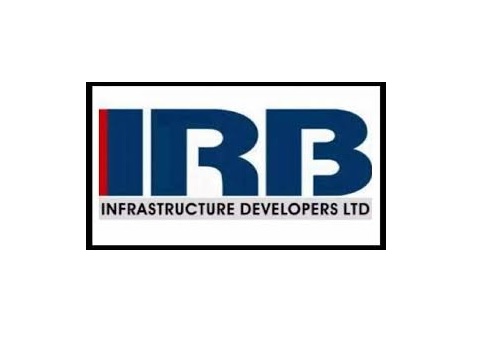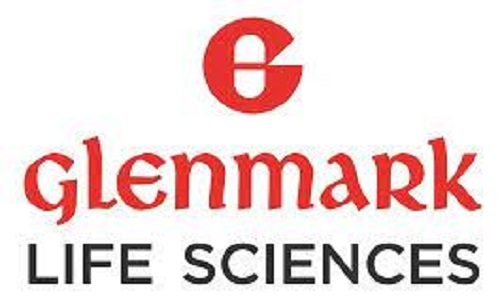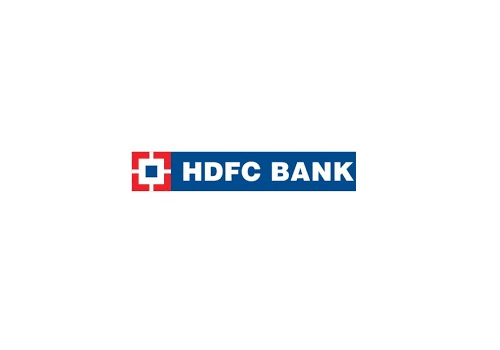Buy L&T Finance Holdings Ltd For Target Rs.90 - JM Financial Services

Follow us Now on Telegram ! Get daily 10 - 12 important updates on Business, Finance and Investment. Join our Telegram Channel
Soft operating performance
In 4QFY22, L&T Finance Holdings (LTFH) generated PAT of INR 3.4bn (+28% YoY/ +5% QoQ) impacted by soft operating performance with PPOP at INR 11.4bn (-23% YoY/ -2% QoQ). CIR climbed to 36% (vs. 25% YoY/ 34% QoQ) as the company is: i) building digital capabilities, ii) normalizing operations which were reduced in the wake of Covid – employee strength increased (still below pre-Covid levels) and MFI meeting centres expanded (around pre-Covid levels). Other key highlights for the quarter: i) disbursement (INR 147bn) grew 82% YoY/ 49% QoQ, driven by sharp recovery in infra finance, ii) focused book stood at INR 868bn (-5% YoY/ +4% QoQ), supported by rural finance, iii) reported NIM expanded to 6.6% (+15bps YoY/ +25bps QoQ), as cost of borrowings (-30bps YoY/ -15bps QoQ) continued the downtrend, iv) in 4QFY22, collection efficiency surpassed pre-Covid levels; GS3 ratio improved QoQ to 3.8% (-210bps QoQ), v) restructured assets (OTR) declined to 3.4% (- 20bps QoQ) of loans, vi) coverage ratio slipped to c.48% (vs. 50% QoQ) while total additional provisions stood at 2.1% of standard book (flattish QoQ). In 4QFY22, leverage reduced to 4.3x (vs. 4.7x, as of 4QFY21). LTFH also hosted Investor & Analyst Meet in which mgmt. reiterated commitment to expand retail book (rural+home loans) at 25% CAGR to constitute >80% (vs. 51% now) of the book to generate sustainable RoA of 2.8-3% by 2026. This is to be achieved by strengthening existing products, cross-selling, growing geographical presence, app & digital based channel expansion and launching new products. Also, mgmt. intents to reduce real estate lending business through inorganic structure or partnership with other financiers. We forecast loan book CAGR of 11% and earnings CAGR of 43% over FY22-FY24E, with RoA/ RoE of 1.8%/ 9.4% in FY24E. Maintain BUY with a TP of INR 90 valuing the company at 0.9x FY24E BVPS
Disbursement came back strongly to help focus book expanding sequentially: In 4QFY22, disbursement grew 82% YoY/ 49% QoQ to INR 147bn, driven by sharp recovery in infra finance (5.2x YoY/ 3.5x QoQ) while housing finance (+50% YoY/ +14% QoQ) and rural finance (+20% YoY/ +4% QoQ) picked-up well. As of 4QFY22, focused book stood at INR 868bn (-5% YoY/ +4% QoQ), supported by rural finance (+14% YoY/ +7% QoQ) while housing finance (-8% YoY/ -1% QoQ) remained a drag. Focused book formed 98.3% (up 120bps YoY) of total loan book, owing to a 44% YoY/ 29% QoQ decline in defocused book (DCM, Structured Finance and retail defocused book). This along with retail housing drove retailisation share of the book to 51% (+760bps YoY/ +120bps QoQ) – mgmt. would like to increase retailisation to >80% of the book by 2026 by strengthening existing products, cross-selling, growing geographical presence, app & digital based channel expansion and launching new products, while having asset light model in wholesale. We estimate loan book CAGR of 11% over FY21-FY24E driven by retail segment.
Asset quality (GS3) improved sequentially; OTR book also reduced: In 4QFY22, collection efficiency surpassed pre-Covid levels. Absolute GS3 assets reduced 33% QoQ and GS3 ratio improved QoQ to 3.8% (-210bps QoQ). Restructured assets (OTR) declined to 3.4% (-20bps QoQ) of loans. Coverage ratio slipped to c.48% (vs. 50% QoQ) while total additional provisions stood at 2.1% of standard book (flattish QoQ). We estimate credit costs to normalize around 190bps levels by 24E vs. pre-Covid avg. of 170bps.
Rural Finance – micro loans (MFI) got the mojo back: In 4QFY22, rural finance disbursement (+20% YoY/ +4% QoQ) maintained the buoyancy, as micro loans (MFI) recovered strongly (+22% YoY/ +23% QoQ) and consumer loans were robust (2.5x YoY/ +23% QoQ). Disbursement in 2W (+1% YoY/ -16% QoQ) and farm equipment (-7% YoY/ -23% QoQ) were lacklustre, given unfavourable base. Overall, rural loan book grew 14% YoY/ 7% QoQ driven by micro loans (MFI) (+9% YoY/ +11% QoQ) and healthy consumer loans portfolio (4.7x YoY/ +36% QoQ). 2W (+5% YoY/ +2% QoQ) and farm equipment (+10% YoY/ +1% QoQ) loans exhibited decent performance, given unfavourable base. Rural book expanded share by 160bps to 39% of the book. Reported NIM came in at 12.8% (-10bps YoY/ +90bps QoQ) helped by higher MFI loans. QoQ, GS3 ratio was flattish QoQ at 4.4% and PCR remained unchanged at 75%. In 4QFY22, credit costs dropped 75bps QoQ to 4.5%. The segment posted PPOP of INR 7.7bn, (+3% YoY/ +8% QoQ) and PAT of INR 3bn (59% YoY/ 37% QoQ). We forecast 17% loan CAGR and earnings CAGR of 60% for rural finance over FY22-24E.
Key takeaways:
2W: regained market share
Consumer loans: almost entirely through cross-sell
The company will launch new products in 1QFY23-2QFY23 such as: individual loans and warehouse receipt finance in Rural while lending will be for income generation and responsible consumption (education loans, hospital loans, Topup, Overdraft) in Urban
Housing Finance – overhauled offerings to both salaried and SENP segments: In 4QFY22, disbursement was INR 13.7bn (+50% YoY/ +14% QoQ) with strong improvement in housing loans (+34% YoY/ +22% QoQ) while LAP (+33% YoY/ 3.6x QoQ) also recovered well but was below pre-Covid levels. In developer financing, focus remained on tranche disbursements to existing projects for completion. In HL, the company overhauled its offerings to both salaried and SENP segments. Loans declined 8% YoY/ 1% QoQ, owing to reduction in LAP (-17% YoY/ -4% QoQ) and developer finance (-13% YoY/ -3% QoQ). Reported NIM declined to 4% (-40bps QoQ). In 4QFY22, PPOP was muted at INR 1.2bn (- 53% YoY/ -31% QoQ) while credit costs was 190bps (vs. 205bps/ 350bps YoY/ QoQ, respectively), resulting in PAT of INR 120mn (-93% YoY/ -71% QoQ). Asset quality marginally improved, with GS3 at 7.8% (-10bps QoQ). Coverage ratio improved to 29% (vs. 22% QoQ) in 4QFY22.
Key takeaways:
Mgmt. intents to reduce real estate lending business through inorganic structure or partnership with other financiers.
Mgmt. categorically denied developer finance will be defocussed
Infrastructure Finance – strong disbursement in Renewable Power: In 4QFY22, disbursement in infra finance (5.2x YoY/ 3.5x QoQ) recovered well driven by Renewable Power (11x YoY/ 3.6x QoQ). Within wholesale, the proportion of renewable (67% of wholesale book) further expanded 13pps YoY and proportion of roads (24% of wholesale book) reduced 5pps YoY. PPOP decreased 58% YoY/ 21% QoQ to INR 1.7bn however, elevated provisions impacted PAT (INR 0.3bn, -67% YoY/ -71% QoQ). GS3 ratio shrunk to 0.8% (-435bps QoQ). Coverage ratio stands at c.34% (vs. 73% in 4QFY22). We estimate renewables led loan CAGR of 30% and earnings CAGR of 4% for wholesale finance over FY21-24E.
Key takeaways:
The company will continue with asset-light model and explore divestment/ tieup with strategic investor
Investment management – avg. AUM inched up 4% YoY: As of 4QFY22, average AUM stood at c.INR 756bn (+4% YoY), attributing to YoY higher inflows in equity/ hybrid. In 3QFY22, LTFH had entered into a definitive agreement with HSBC AMC to sell 100% equity shares of LTIM for a consideration of USD 425mn (c.INR 32bn). Additionally, LTFH will have access to surplus cash balance left in LTIM in excess of regulatory and investment capital requirements until the completion of the acquisition. Mgmt. mentioned the transaction will get consummated in 3QFY23 and proceeds will further improve CRAR and inorganic growth opportunities can be looked into or most of the proceeds will kept as macro prudential provisions.
Expect RoA/ RoE at 1.8%/ 10% levels by FY24E: We believe digitization would be the core of operations (sourcing, cross-selling, disbursement, underwriting and collections) going forward. This would keep costs at elevated levels. Additionally, retail loan book will be expanding however the overall book growth would be in check with consolidation in wholesale finance. We will closely monitor the execution of the retail portfolio and the corresponding asset quality. We forecast loan book CAGR of 11% and earnings CAGR of 43% over FY21-FY24E, with RoA/ RoE of 1.8%/ 10% by FY24E. The growth will be driven by retailisation of portfolio and normalization of credit costs. We value LTFH at 0.9x FY24E BV to arrive at our TP of INR 90.
To Read Complete Report & Disclaimer Click Here
Please refer disclaimer at https://www.jmfl.com/disclaimer
CIN Number : L67120MH1986PLC038784
Above views are of the author and not of the website kindly read disclaimer
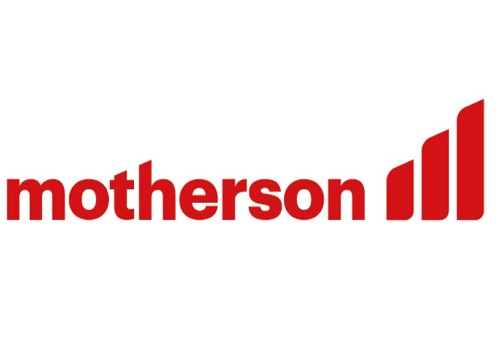
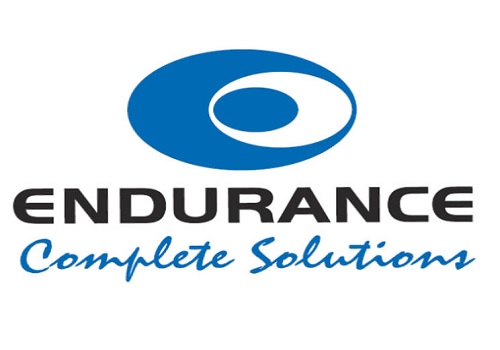
.jpg)
